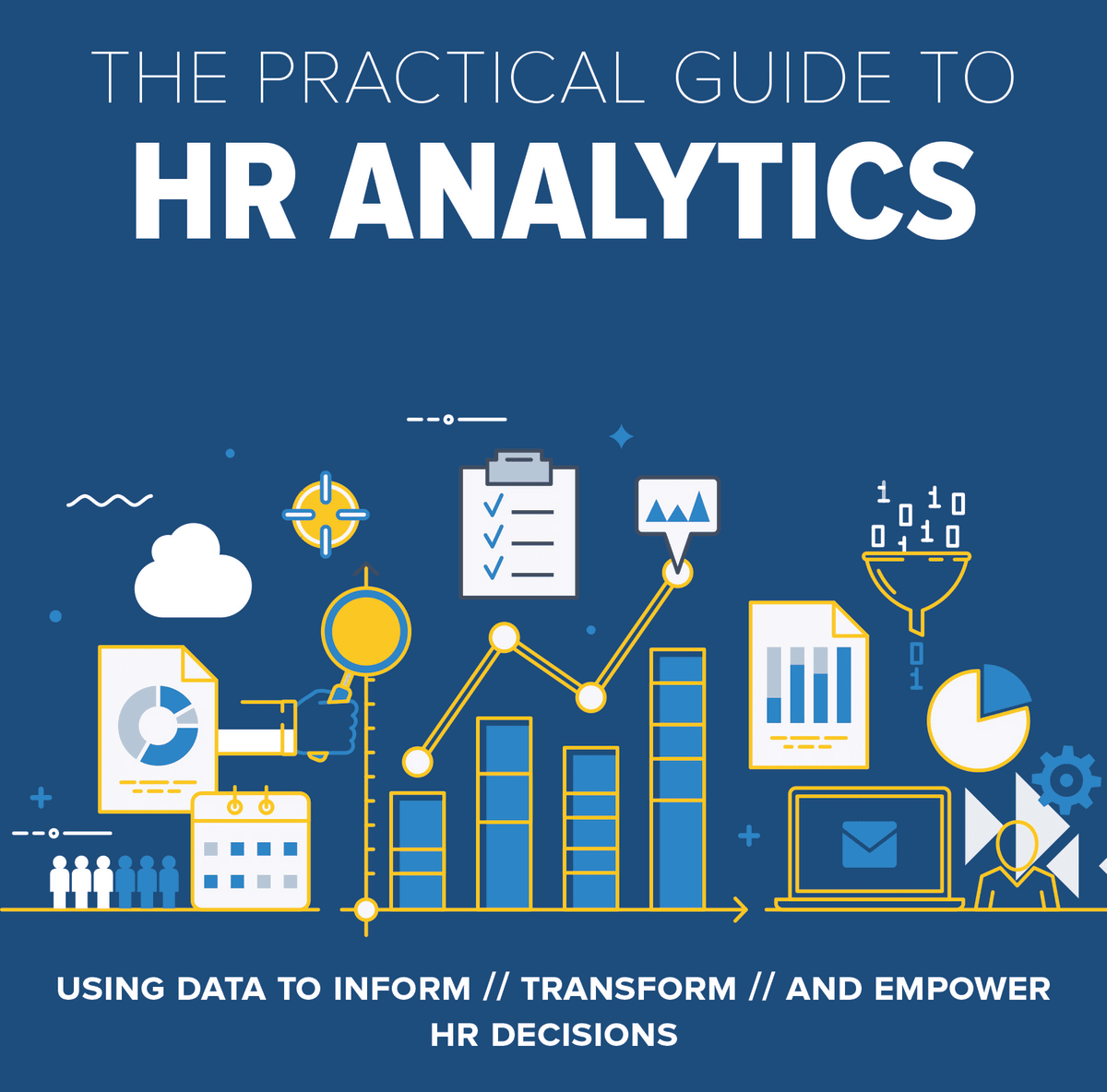Introduction : What is HR Analytics – Of all the departments in an organization, the Human Resource department may have the least leading reputation.
This has two reasons. First of all, they are like a doctor: you had better never require one. When the HR manager calls you and asks to come by their office, it is likely that there is something bad about to happen. You may get criticized, put on notice, or even fired. If it was good news, such as getting a promotion, your manager would tell you. Not HR.
Read More : Human Resource Management(HRM) – Definition and Concept
Second, HR is regarded as soft. Fluffy-duddy. Old-fashioned. A lot of the work in HR is based on ‘gut feeling’. We are doing things a certain method because we have always done it that way. HR does not have a reputation of delivering in the big oppose or playing a numbers game such as sales. HR also tackle to quantify and measure its success, as marketing and finance. A lot of the challenges we just defined can be determined by becoming more data-driven and analytical savvy.
These questions can only be answered utilizing data. Most HR professionals can simply answer the first question. However, answering the second question is harder.
To answer this second question, you would require to combine two different data sources: your Human Resources Information System and your Performance Management System.
To answer the third question, you would need even more data and extensively identify it as well.

HR departments have a tradition of collecting extensive amounts of HR data. Unfortunately, this data often remains unused. As soon as organizations start to analyze their people challenges by utilizing this data, they are engaged in HR analytics.
HR analytics in literature :
Over the past 100 years, Human Resource Management has alternated. It has moved from an operational discipline against a more strategic discipline. The popularity of the term Strategic Human Resource Management represent this. The data-driven approach that represent HR analytics is in line with this development.
By utilizing people analytics you do not have to confide on gut feeling anymore. Analytics facilitate HR professionals to make data-driven opinions. Furthermore, analytics helps to test the efficiency of HR policies and different interventions.
By the method, HR analytics is similar to people analytics but there are some subtle differences in how the terms are utilized.
How HR analytics helps Human Resource Management :
Like the field of marketing has changed by marketing analytics and same HR analytics is changing HR. It simplify HR to:
- Make better decisions utilizing data
- Create a business case for HR interventions
- Test the effectiveness of these interventions
- Move from an operational partner to a diplomatic, or even strategic partner
Today, the majority of HR departments target on reporting employee data. This does not satisfy in today’s data-driven economy.
Just keeping records is generally deficient to add strategic value.
A few examples of People Analytics :
To get started with people analytics, you require to combine data from various HR systems. Say you want to measure the effect of employee engagement on financial performance. To measure this relationship, you require to combine your annual engagement survey with your performance data. This method you can calculate the impact of engagement on the financial performance of various stores and departments.
Key HR areas will change based on the insights obtained from HR analytics. Functions such as recruitment, performance management, and learning & development will change.
Imagine that you can count the business impact of your learning and development budget! Or imagine that you can predict which new hires will become your supreme worker in two years. Or that you can forecast which new hires will leave your company in the first year. Having this information will change your hiring & selection procedures and opinions.
How to get started with people analytics :
Organizations generally start by asking simple questions. An instant is: Which employees are my high possible? You can answer this question utilizing quite simple statistics. Doing this helps to specify the relationships between people’s capabilities and organizational outcomes. This method analytics helps companies track absenteeism, turnover, burnout, performance and much more.
Analytics makes HR exciting. Its insights are input for strategic opinions and optimize day-to-day business procedures.
After asking the right question, you have to select data from your various systems. This data is then combined, cleaned and analyzed. This analysis leads to insights.
Not all insights are equitably interesting. That is why you should ask questions about things you can change. For example, you can not change an employee’s gender. However, you do have significance over your management styles and engagement levels. Asking the right questions leads to actionable insights.
How does People Analytics shape the business?
You can imagine that HR analytics holds immense value for an organization. These examples are only the beginning. Indeed, analytics enables companies to allowance the business impact of people policies.
By applying complex statistical analyses, HR can forecast the future of the workforce. This facilitates managers to measure the financial impact of Human Resource practices.
Calculating the impact of HR on bottom-line performance is the “holy grail” of HR analytics. This is generally done by calculating a Return on Investment. It is the most powerful method for HR to expand its strategic influence.
The aforementioned examples have an impact on both the cost and the revenue side of the business.
Deliberate the impact of HR policies will also comfort HR to become a strategic partner and get rid of its soft image. It helps HR to align its strategy with business goals and to specify the value it adds to the business. It takes the guess-work out of HR.
People Analytics Factsheet :
To wrap all the information up, we have created an infographic with the latest research on people analytics. It contains the major challenges that the field is facing in terms of skills, data quality, data integration, and reporting.
If you want to learn more about HR Analytic then HR Training in Chandigarh is the best place for you.
